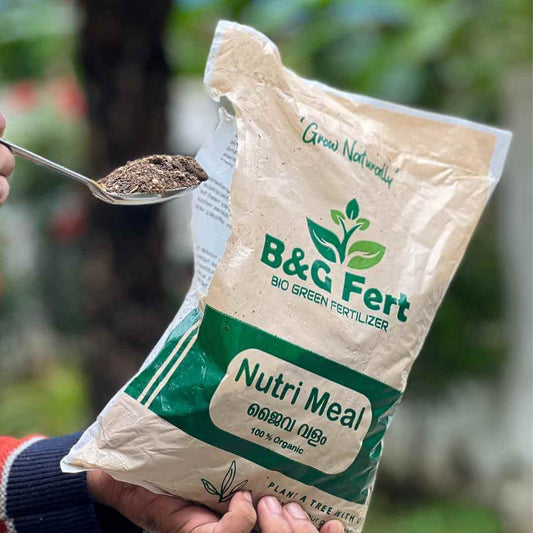The Importance of Crop Rotation in Agriculture: Key Benefits and Examples
Crop rotation, the practice of growing different types of crops in the same area in sequential seasons, is a cornerstone of sustainable agriculture. This ancient practice offers a plethora of benefits that contribute to soil health, pest management, and increased yields. Here’s an in-depth look at the importance of crop rotation in agriculture, along with practical examples.
1. Enhancing Soil Fertility and Health
Crop rotation helps maintain and improve soil fertility. Different crops have varying nutrient requirements and rooting depths, which can help balance nutrient depletion and improve soil structure.
- Example: Legumes like peas and beans are often rotated with cereals like wheat or corn. Legumes have the ability to fix atmospheric nitrogen into the soil, enriching it for the subsequent cereal crop, which requires high nitrogen levels.
2. Reducing Soil Erosion
Rotating crops with different root structures can help in maintaining soil integrity and preventing erosion. Deep-rooted plants can improve soil structure and increase its ability to retain water, while shallow-rooted plants can help protect the soil surface from erosion.
- Example: A rotation that includes deep-rooted crops like alfalfa followed by shallow-rooted crops like lettuce helps maintain soil stability and reduces erosion.
3. Managing Pests and Diseases
Crop rotation interrupts the life cycles of pests and pathogens that are specific to certain crops, reducing the likelihood of infestations and disease outbreaks.
- Example: Rotating brassicas (like cabbage) with non-brassicas (like tomatoes) prevents the build-up of pests like cabbage root fly, which specifically targets brassicas.
4. Improving Soil Structure
Different crops contribute to soil structure in unique ways. Some crops improve soil aeration and compaction, while others add organic matter through decaying plant residues.
- Example: Including cover crops such as clover or rye in rotation can improve soil structure by adding organic matter and promoting beneficial soil organisms.
5. Maximizing Yield Potential
By maintaining soil fertility and reducing pest and disease pressure, crop rotation can lead to higher and more sustainable crop yields over time.
- Example: A rotation of corn, soybeans, and wheat helps balance nutrient usage and pest pressure, leading to consistent and high yields for each crop.
6. Promoting Biodiversity
Crop rotation promotes agricultural biodiversity by encouraging the growth of a variety of plants and supporting a diverse ecosystem of soil organisms.
- Example: A diverse rotation plan that includes grains, legumes, and root vegetables supports a range of beneficial insects and microorganisms, creating a healthier and more resilient farm ecosystem.
7. Efficient Use of Resources
Crop rotation allows for more efficient use of water, nutrients, and other inputs by matching crops to the conditions and resources available in different seasons.
- Example: Rotating drought-tolerant crops like sorghum with water-intensive crops like rice optimizes water use and reduces the risk of waterlogging or drought stress.
8. Mitigating Climate Change Impacts
Crop rotation can help mitigate the effects of climate change by improving soil carbon sequestration and reducing the need for chemical inputs.
- Example: Including cover crops in a rotation helps sequester carbon in the soil, reducing greenhouse gas emissions and enhancing the soil's resilience to extreme weather conditions.













